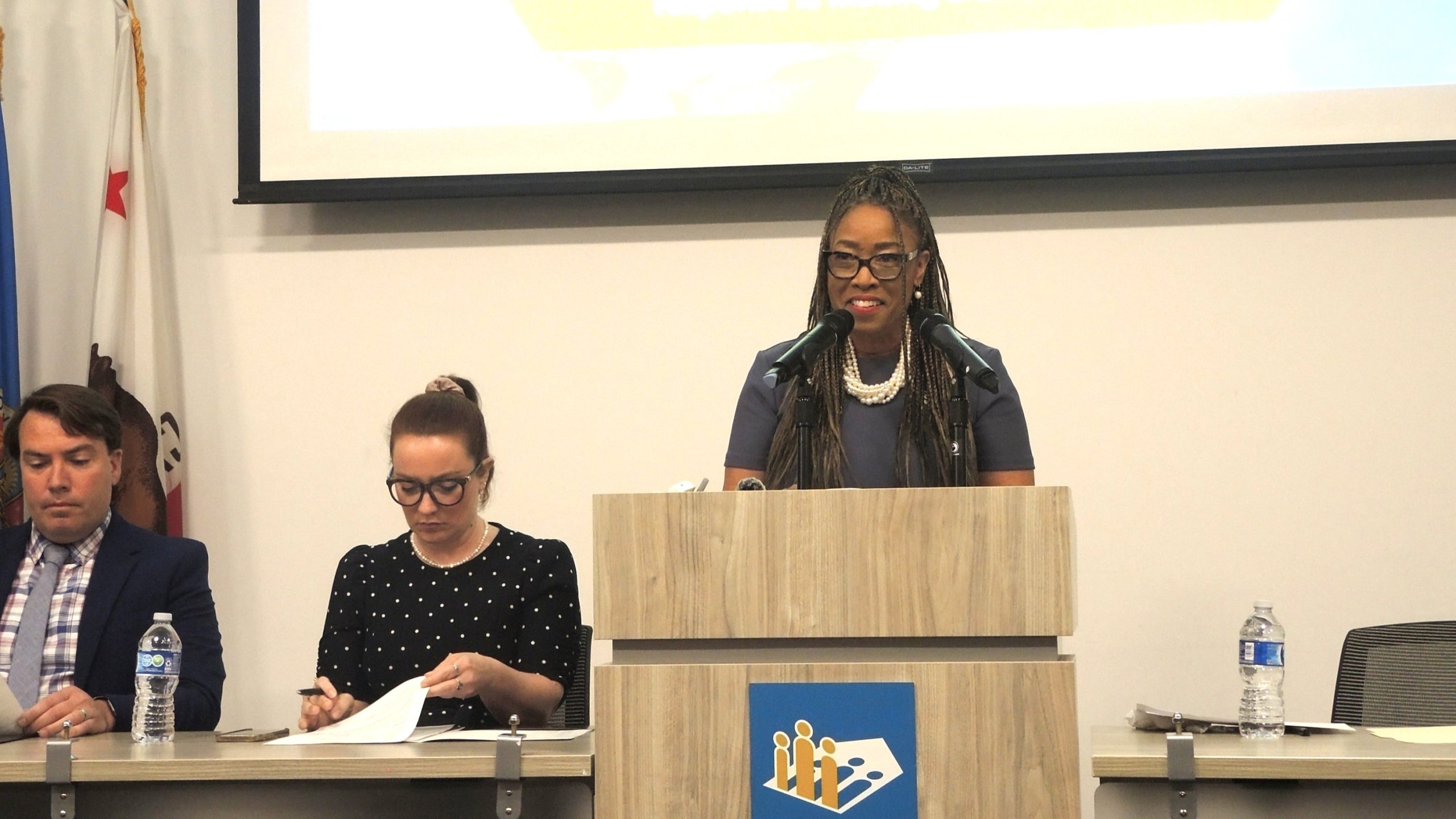Shelterless population is declining, number of shelters is increasing
The Los Angeles Homeless Services Authority (LAHSA) released the results of its 2024 Greater Los Angeles Homeless Census, revealing a slight decrease in homelessness. The Point in Time Estimate for Los Angeles County decreased 0.27% to 75,312, while the City of Los Angeles decreased 2.2% to 45,252.
The county estimates the number of unhoused homeless people fell 5.1% to 52,365, while the number in shelters increased 12.7% to 22,947. In the city, the number of unhoused homeless people fell 10.4% to 29,275, while the number in shelters increased 17.7% to 15,977.
According to a press release from the City of Santa Monica, “LAHSA’s annual Greater Los Angeles Homeless Count found that the number of people experiencing homelessness in Service Plan Area 5 (Bel Air, Beverly Hills, Brentwood, Culver City, Ladera, Malibu, Mar Vista, Marina del Rey, Pacific Palisades, Palms, Playa del Rey, Santa Monica, Venice, West LA, Westchester and Westwood) decreased from 6,669 in 2023 to 5,383 in 2024.”
LAHSA breaks down Santa Monica’s count as follows:
Number of people physically counted outdoors (including city beaches): 479 Number of people recorded in shelters (including Samoshel, the city shelter): 173 Number of cars, vans and RVs: 61 Number of tents: 21 Number of other temporary shelters: 40
This is the first year that Santa Monica’s count has been included in the city of Los Angeles’ overall count. Previously, the city conducted its own count.
There are 25 homeless people in Beverly Hills, up two from 2023.
Culver City will have 38 sheltered homeless people, unchanged from 2023 to 2024, and 58 unsheltered homeless people, down two from 2023, for a total of 96 homeless people.
Malibu has 43 homeless and unhoused people, up 17 from 2023.
In West Hollywood, there are 67 unhoused homeless people, down 18 from 2023.
LAHSA CEO Dr. Va Lecia Adams Kellam expressed optimism about the results. “The results of this year’s homeless count give us hope as they demonstrate that our unified approach and collaborative efforts have significantly reduced unhoused homelessness,” she said. “We must continue to work together on life-saving efforts that will lead to positive outcomes.”
The data suggests that coordinated efforts by LAHSA and various levels of government are effectively reducing unhoused homelessness. Los Angeles County Board of Supervisors and LAHSA Board Chair Lindsay P. Holbert emphasized the importance of continued efforts. “These results are not a victory, they are a validation. We must continue to act with urgency at all levels of government and in every community in Los Angeles County to bring our unhoused neighbors home.”
Key performance indicators demonstrated progress in LAHSA’s rehousing system: From 2022 to 2023, outreach placements from street housing to temporary housing increased by 47%, and the number of people moving from temporary housing to permanent housing increased by 25%.
Countywide, the number of permanently housed residents is set to grow 18% in 2023 to a record high of 27,300, bringing the total over the past seven years to more than 110,000. Despite the positive news, officials warned that homelessness remains at unacceptable levels, with economic factors being the primary cause.
LAHSA cited a study conducted in collaboration with the University of Southern California (USC) that found that 54% of people who became homeless in the past year cited economic hardship as the primary reason. The California Housing Partnership’s Los Angeles County 2024 Housing Needs Report states that approximately 500,000 households lack access to affordable housing. Renters in Los Angeles County would need to earn $48.04 an hour, 2.9 times the minimum wage in the city of Los Angeles, to afford the average rent of $2,498 for a two-bedroom home.
According to a press release from the agency, LAHSA is making a strategic shift to improve its rehousing system, including innovations such as master leasing, which expedites the process of getting homeless people fully into buildings. LAHSA is also focusing on the most vulnerable people who are already connected to the rehousing system and living near newly available housing.
In an effort to increase transparency, LAHSA will begin rolling out an online dashboard to track the progress of the rehousing system. Officials remain cautiously optimistic, but acknowledge that one year of strong data is not enough to declare a turnaround on the homelessness issue.
“The most encouraging data in the tally is the result of concerted action and interventions from governments at all levels,” Dr Adams Kellam said. “This data really gives us hope that if we work together we can put an end to this crisis.”

